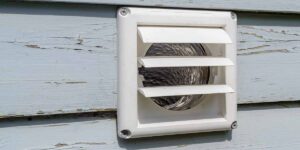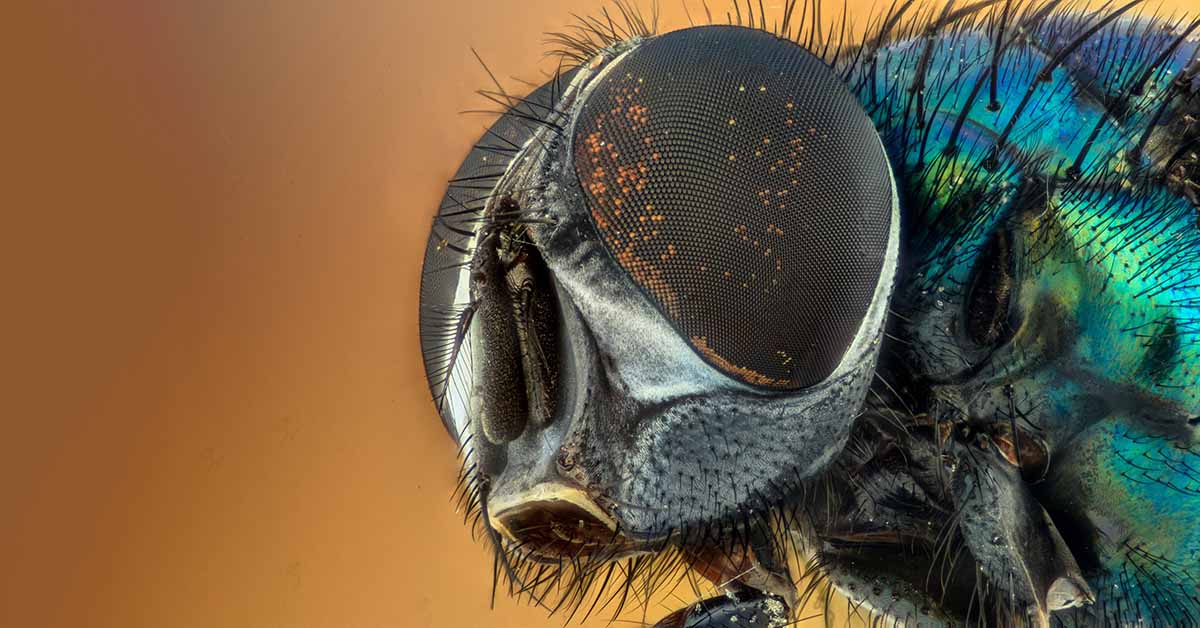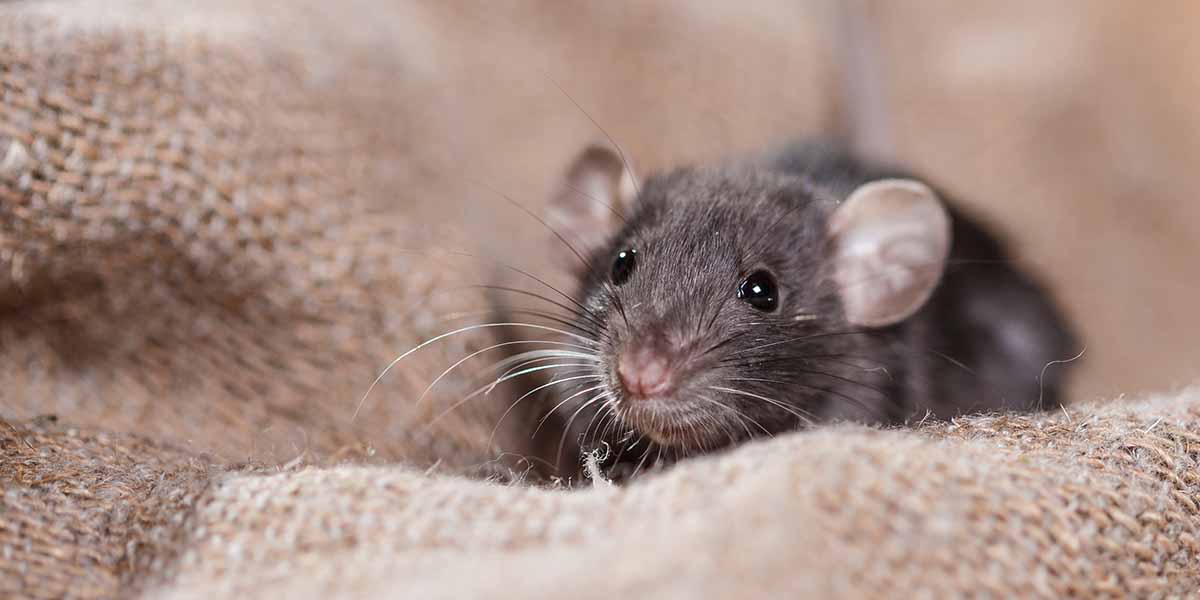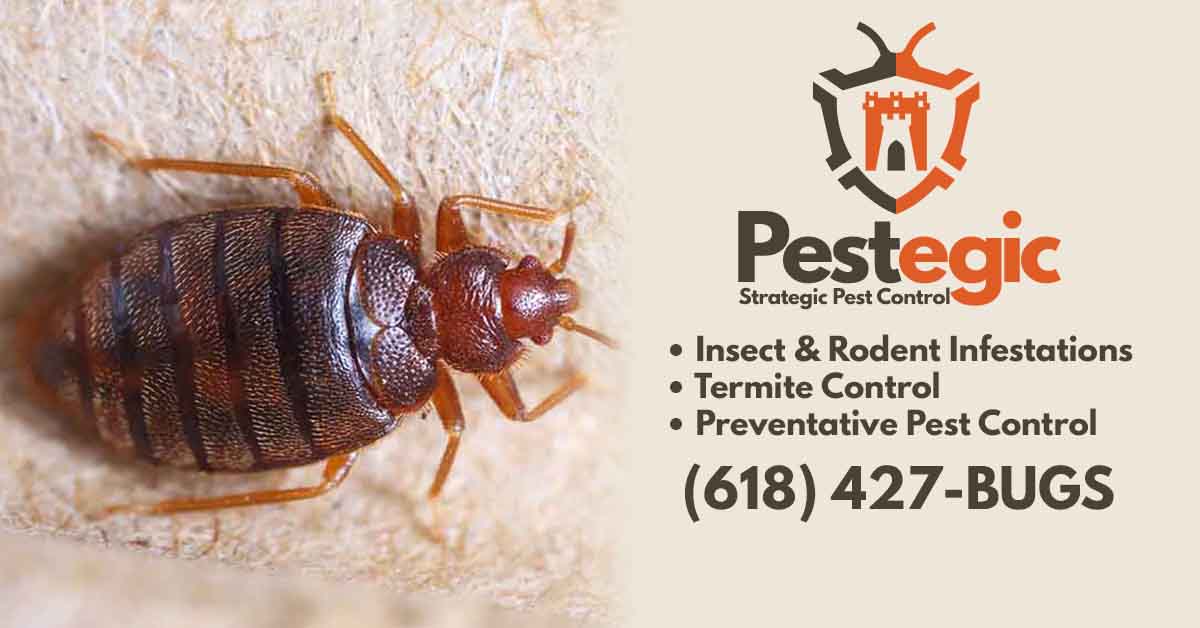Winter can be a difficult time for pests, as colder temperatures and scarce food sources drive them to seek shelter in warm, cozy homes. Some common types of pests that can invade homes during the winter months include mice and rats, cockroaches, ants, and even certain species of insects, such as ladybugs and boxelder bugs. These pests can cause a variety of problems, from damaging household items and spreading disease, to triggering allergic reactions in sensitive individuals. It is important for homeowners to be aware of the potential risks posed by these pests and take steps to prevent infestations.
Mice & Rodents
Rodents, such as mice and rats, can be a major problem during the winter months. As the weather gets colder, these pests are driven indoors in search of warmth and food. Once inside, they can cause a variety of problems, from contaminating food and spreading disease, to chewing on electrical wires and causing damage to a home’s structure.
One of the main reasons that rodents are a bigger problem during the winter is that they are more active at this time of year. As the weather gets colder, rodents need to consume more calories to maintain their body temperature and stay warm. This increased activity can lead to more frequent encounters with humans and increased opportunities for these pests to cause problems. In addition, the limited availability of food sources outdoors can drive rodents to forage for food inside homes, where they can come into contact with human food and cause contamination. Overall, the combination of increased activity and the need for food and warmth make rodents a bigger problem during the winter months.
Sealing Gaps & Cracks
Sealing gaps and cracks in a home’s insulation and exterior walls is an important step in preventing winter pest infestations. Pests, such as mice and rats, can squeeze through small openings to gain access to the warmth and shelter of a home. By sealing these gaps and cracks, homeowners can help to prevent pests from entering their home and causing problems. In addition to preventing pest infestations, proper insulation and sealing can also help to maintain a comfortable and consistent indoor temperature, which can reduce heating costs and improve energy efficiency. Overall, sealing and insulation are crucial elements of effective winter pest control and should be a priority for homeowners.
Here are several tips for effectively sealing gaps and cracks to prevent winter pest infestations:
- Inspect the exterior of your home regularly for gaps and cracks, paying particular attention to areas where utilities and pipes enter the home.
- Use a flashlight to carefully inspect the interior of your home, looking for gaps and cracks around windows, doors, and in walls, floors, and ceilings.
- Seal gaps and cracks using caulk or expanding foam. Be sure to apply the sealant evenly and smooth it out with a putty knife or your finger.
- For larger gaps and cracks, use a piece of sheet metal or hardware cloth to fill the opening, and then secure it in place with nails or screws.
- If you are unsure how to properly seal a gap or crack, or if the opening is too large to effectively seal, consider hiring a professional to do the job for you.
- Regularly check and maintain the seals on your home to ensure that they are in good condition and continue to prevent pest infestations.
Help Sealing Your Home in Southern Illinois
At Pestegic, we understand that sealing gaps and cracks to prevent winter pest infestations can be a daunting task for many homeowners. That’s why we offer professional sealing and insulation services to help keep your home pest-free this winter. Our team of experienced technicians will carefully inspect your home and identify any gaps and cracks that need to be sealed. We will then use the highest quality materials and techniques to seal your home and prevent pests from entering. By choosing Pestegic for your winter pest control needs, you can have peace of mind knowing that your home is protected from pests and the problems they can cause. Contact us today to learn more and schedule your sealing and insulation services.



